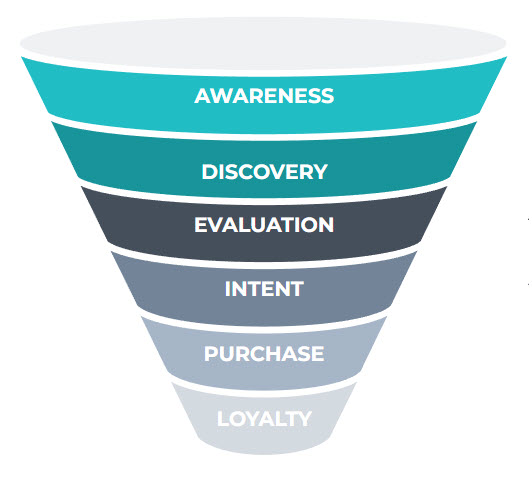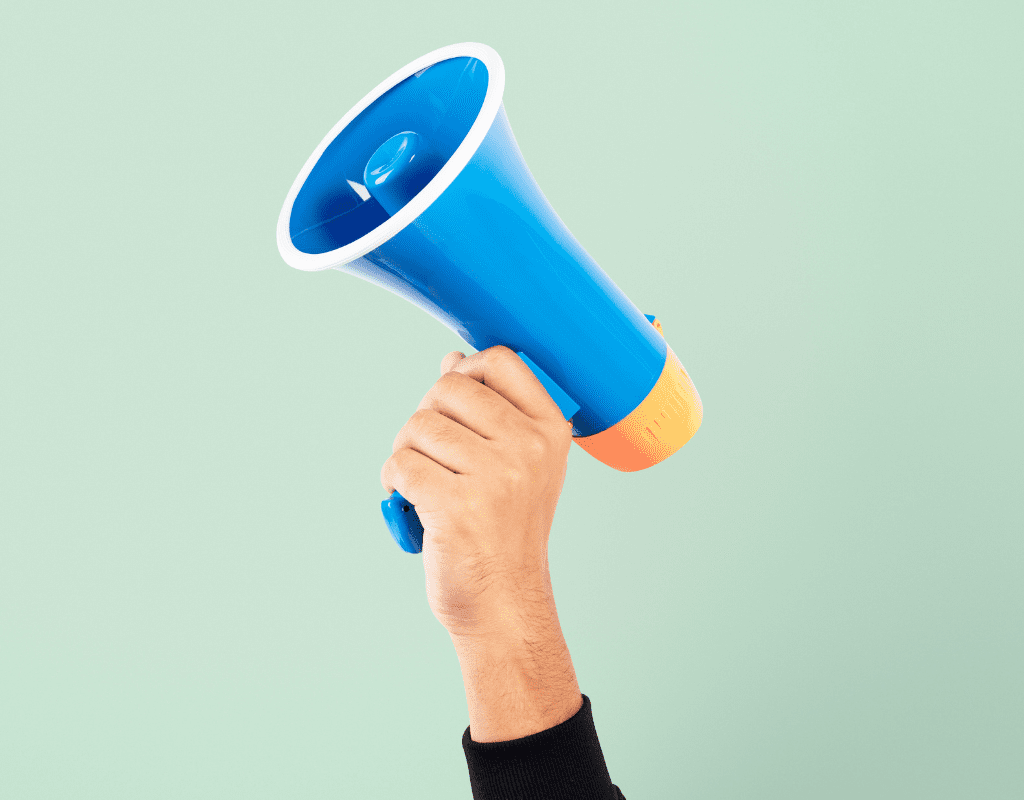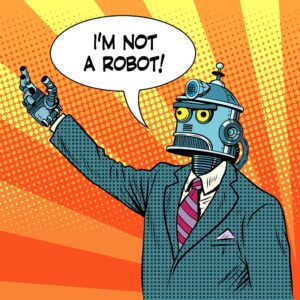An Introduction to the Marketing Funnel
When is the best time to contact prospective customers? When they need something repaired and are prepared to hire a home service professional such as yourself?
Wrong. All of the time is the answer.
Here’s what we mean by using the marketing funnel as an example. Consider a marketing funnel to be a funnel that you would use to add oil to a bottle. The marketing funnel looks kind of like this. It depicts the typical customer journey and how you should market to customers at each stage of that journey.
While there are numerous theories regarding the various layers that comprise the marketing funnel, they all effectively boiled down to these layers:

These are the stages that a consumer goes through when becoming a new customer. The marketing funnel, like the funnel you use to change your oil, is widest at the top and gradually narrows as you move down. This represents the fact that when you market to customers at the top of the funnel (those who are just beginning their customer journey), you will start with a large audience, and that audience will shrink as you target more serious prospects (those who are ready to hire a professional).
Why is the Marketing Funnel important?
To be visible in all of the layers of the customer journey, you must have a full-funnel marketing strategy, which is especially important given that people tend to interact with a business several times before deciding to use their services.
Implementing a full-funnel marketing strategy can help you position your company to stay in front of customers and attract more jobs.
A Breakdown of the Marketing Funnel
Here’s a breakdown of each of the marketing funnel’s layers to help you better understand the consumers’ mindset at each stage of their purchase journey (and how to best appeal to them at these times). As you can see, as you move down the funnel, the consumer’s level of intent to make a purchase decision rises.
Low Intent: Awareness & Discovery
The awareness level is at the top of the funnel, where the consumer first makes contact. They may not even be aware that they require your services or who you are, but your company is gaining visibility in their eyes. The first step toward acquiring a customer is to ensure that they are aware of your existence!
Top-of-the-funnel advertising examples include:
- Campaigns on social media (Facebook, Instagram, Twitter, etc.)
- Marketing and advertising through video (YouTube and Facebook)
- Blog entries
- Billboards
- Commercials on the radio
- Commercials on television
The goal of awareness is to build your company’s brand by being visible across multiple platforms. It’s well-known that when it comes time for a consumer to make a purchasing decision, they’re more likely to go with a company or brand with which they’re already familiar. Being active and visible to potential customers before they need your assistance will increase the long-term success of your business.
Moderate Intention: Evaluation & Purchase Intent
This is the funnel’s center. At this point, the potential customer is aware that they have a problem and are looking for specific solutions. They may also be aware of your company (due to the visibility you created with an upper-funnel marketing strategy) and are now deciding whether your company is the best choice. The research phase is another name for the consideration phase.
Examples of common mid-funnel strategies include:
- Targeted content marketing via social media platforms
- Email marketing campaigns
- Product specifics
- Coupons and specials
- Referrals by word of mouth
- Reviews
During the consideration stage, your goal is to ensure that your company stands out from the competition. You must be able to articulate why your company is superior to the competition.
High Intent: Purchase & Loyalty
This is the point in the funnel where the person searching has the greatest desire to book a job. They have finished all of their research and are ready to hire you.
Consumers with high intent are likely to respond favorably to:
- Google paid advertisements (pay-per-click ads that appear in the search results)
- Personalized search ads (ads that appear when someone searches for your business by name)
- Display advertisements (ads that appear while people are browsing other websites)
- Advertisements for remarketing (ads that appear to people who have already visited your site)
- Local Services Ads (the “Google Guaranteed” advertisements that appear at the top of search results)
Conversion is the process of converting a prospective customer into a paying customer.
Using a funnel to combat weather changes
Because the home services industry is heavily influenced by seasonality, it’s critical to stay in front of potential customers as much as possible all year. If someone sees your trucks, billboards, or Facebook ads on a regular basis, they will be much more likely to contact your company when the time comes to hire a home services professional.
Consider the HVAC industry as an example…
As we near the end of the summer and enter the fall season, the HVAC busy season is coming to an end, which means that search volumes for HVAC services will drop significantly.
What are you doing to keep potential customers aware of your business during a time when they are unlikely to seek out your services? A full-funnel marketing strategy will help you stay visible and memorable in this situation.
If you’re not running social media awareness campaigns, writing helpful blogs, or advertising your company on TV or radio, one of your competitors will. When the cold season arrives, the customer will already know who to call. Make certain they will contact your company!




